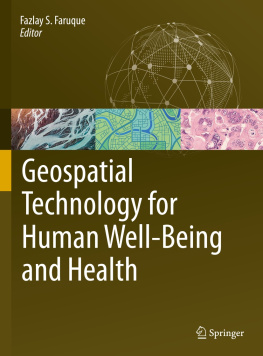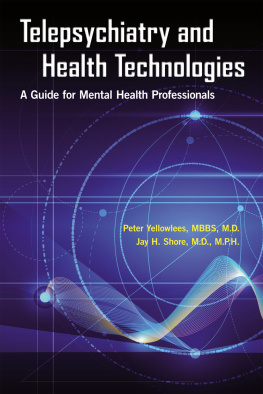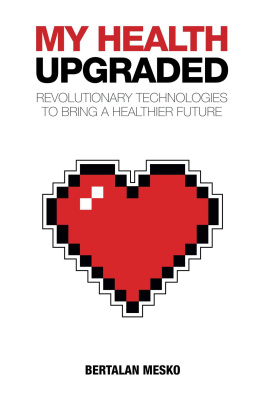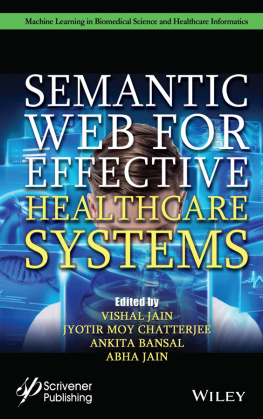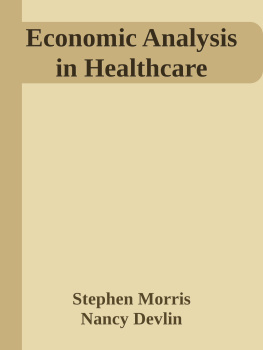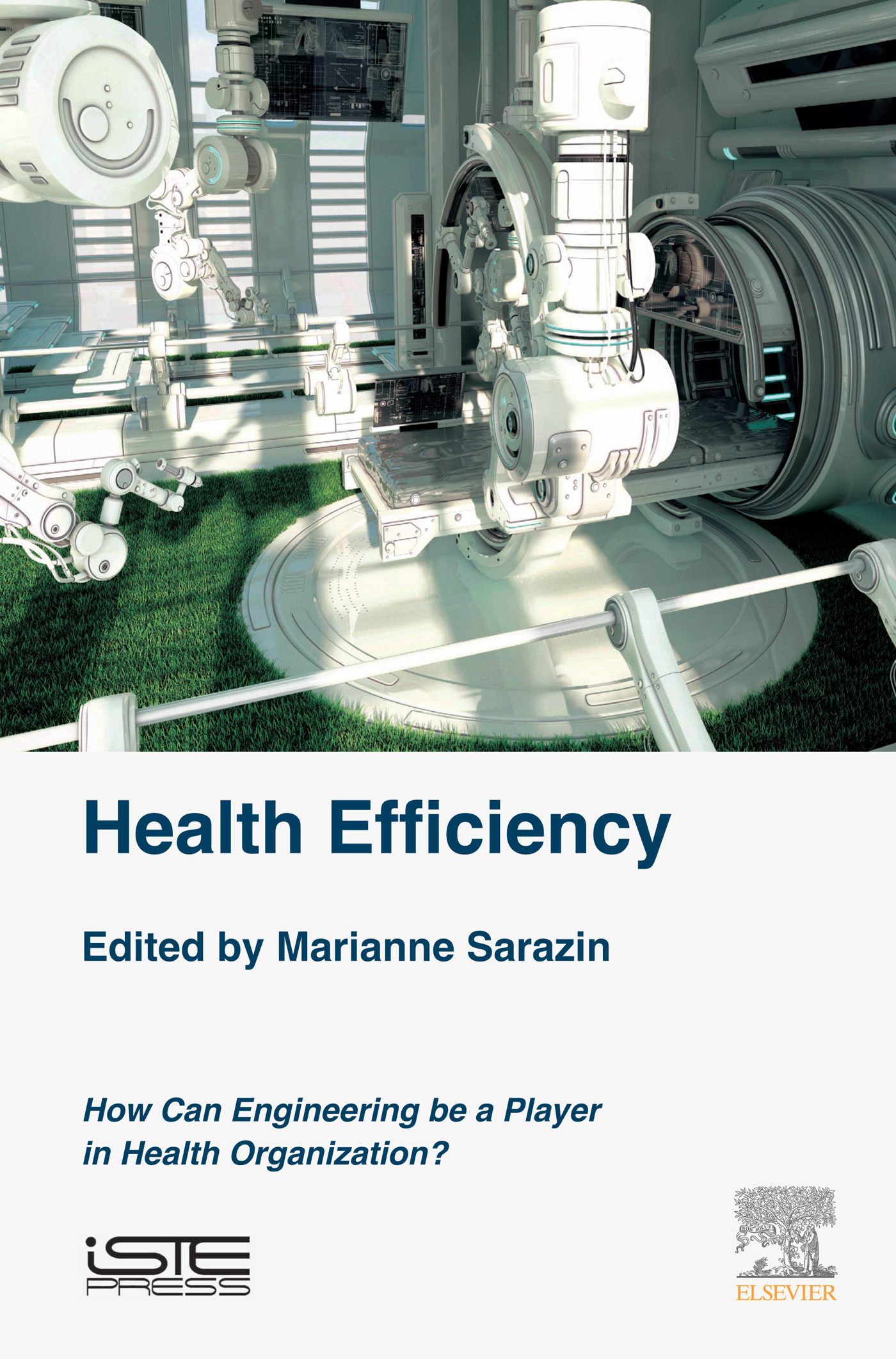Health Efficiency
How Can Engineering be a Player in Health Organization?
Marianne Sarazin
Health Industrialization Set
coordinated by
Bruno Salgues
Edited by

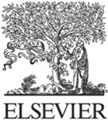
Copyright
First published 2018 in Great Britain and the United States by ISTE Press Ltd and Elsevier Ltd
Apart from any fair dealing for the purposes of research or private study, or criticism or review, as permitted under the Copyright, Designs and Patents Act 1988, this publication may only be reproduced, stored or transmitted, in any form or by any means, with the prior permission in writing of the publishers, or in the case of reprographic reproduction in accordance with the terms and licenses issued by the CLA. Enquiries concerning reproduction outside these terms should be sent to the publishers at the undermentioned address:
ISTE Press Ltd
2737 St Georges Road
London SW19 4EU
UK
www.iste.co.uk
Elsevier Ltd
The Boulevard, Langford Lane
Kidlington, Oxford, OX5 1GB
UK
www.elsevier.com
Notices
Knowledge and best practice in this field are constantly changing. As new research and experience broaden our understanding, changes in research methods, professional practices, or medical treatment may become necessary.
Practitioners and researchers must always rely on their own experience and knowledge in evaluating and using any information, methods, compounds, or experiments described herein. In using such information or methods they should be mindful of their own safety and the safety of others, including parties for whom they have a professional responsibility.
To the fullest extent of the law, neither the Publisher nor the authors, contributors, or editors, assume any liability for any injury and/or damage to persons or property as a matter of products liability, negligence or otherwise, or from any use or operation of any methods, products, instructions, or ideas contained in the material herein.
For information on all our publications visit our website at http://store.elsevier.com/
ISTE Press Ltd 2018
The rights of Marianne Sarazin to be identified as the authors of this work have been asserted by them in accordance with the Copyright, Designs and Patents Act 1988.
British Library Cataloguing-in-Publication Data
A CIP record for this book is available from the British Library
Library of Congress Cataloging in Publication Data
A catalog record for this book is available from the Library of Congress
ISBN 978-1-78548-311-0
Printed and bound in the UK and US
Acknowledgments
I would like to thank all the professionals who, through their contribution, made these interactions possible and allowed a large part of their work to be published.
Special thanks go to Vincent Augusto, professor and engineer at the Centre Ingnierie et Sant (Center for Biomedical and Healthcare Engineering) at the Ecole des Mines de Saint-Etienne , at the initiative of the Journes sur lEfficacit des Systmes de Soins (Days on the Efficiency of Healthcare Systems), who had a musicians soul and included me in his projects!
Preface
Marianne Sarazin September 2018
Efficiency is an important component of performance measurement. It is the optimization of the consumption of resources used to produce a result. From this viewpoint, the idea of devoting one day each year to the efficiency applied to the world of health was born. Sponsored by the Ecole des Mines de Saint-Etienne (Saint-Etienne School of Mines, an engineering graduate school), today, it brings together researchers, doctors, and engineers to engage in the same reflection on this problem. There are more and more collaborations between doctors and engineers. However, the application of industrial engineering and operational research in health systems is still poorly understood by the medical world, and it seemed important to offer this medical community a meeting place with the world of engineering.
A secret world, yet indeed real, healthcare has been the focus of attention since science used it to break through the holy grail of life, and government stock markets began to feel the wind of bankruptcy.
The 1946 preamble to the Constitution of the World Health Organization (WHO) defines good health as a state of complete physical, mental, and social well-being and not merely the absence of disease or infirmity. Health encompasses a multitude of parameters whose individual and plural characterizations can intimidate the most experienced scientific minds. Angina reassures the most Cartesian, cancer afflicts the most informed, and dementia confuses the most philosophical. In all cases, disease evolution can escape logic and disrupt complacency placed in outdated science. Before the WHO developed its definition of health, the conception of health had considerably evolved, and although medicine has existed for several centuries, it has only reached its full maturity in the last two centuries. It was in the age of Enlightenment that it began to become a very real science.
Already relying at the time on other sciences (for example, mechanical science with the microscope, chemistry with mineralogical knowledge), health switched from being a religious conception, almost artistic in nature, to a rational and objective conception of the human body.
The advent of our modern era has been accompanied by the very rapid development of medical science, and with it, emerging techniques have made it possible to cure more and more diseases. We have moved from an almost veterinary and fatalistic medicine to an elaborate and hopeful medicine. Based on a series of statistics, even cancer patients can hope to see their median survival rate get considerably increased and a future for themselves. The psychiatric patient has now taken off their straitjacket and can return to an almost social life. The cardiac patient can engage in sexual activity without the fear of cardiac arrest. Not content to merely relieve symptoms, doctors go much further: they anticipate illness! A simple healer who became a visionary, increasing the screenings available within the framework of preventive medicine, doctors have begun to hunt down healthy people with the goal of making them immortal.
If the doctor is now sailing in calmer waters, surrounded by libraries of knowledge and recommendations, they still have many questions and continue their quest for knowledge. The doctor incorporates more and more technology and beliefs into their practice in the face of an ambivalent body, which sometimes escapes any reasoning!
However, all this has a price, and the ideal collapses before this down-to-earth reality. The increase in technological developments has been accompanied by an increase in the cost of patient care. The robotization of surgery, the precision of medical imaging techniques, data computerization and the increased specialization of knowledge are essential elements of modern healthcare. It represents millions of dollars in investments for all health centers, and modernization cannot be limited to one! This technology has also led to the development of new professions such as radiography technologists, biomedical technicians and health data managers, which are now essential players in the support team of doctors and nurses.


